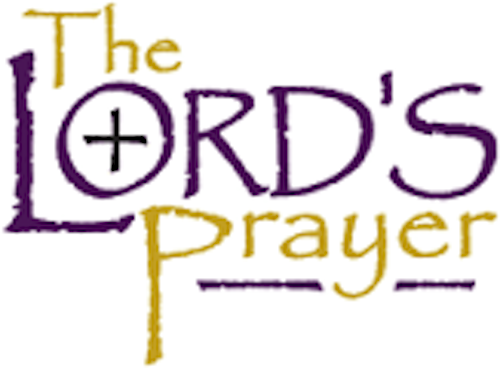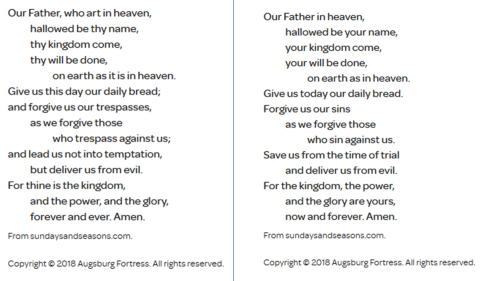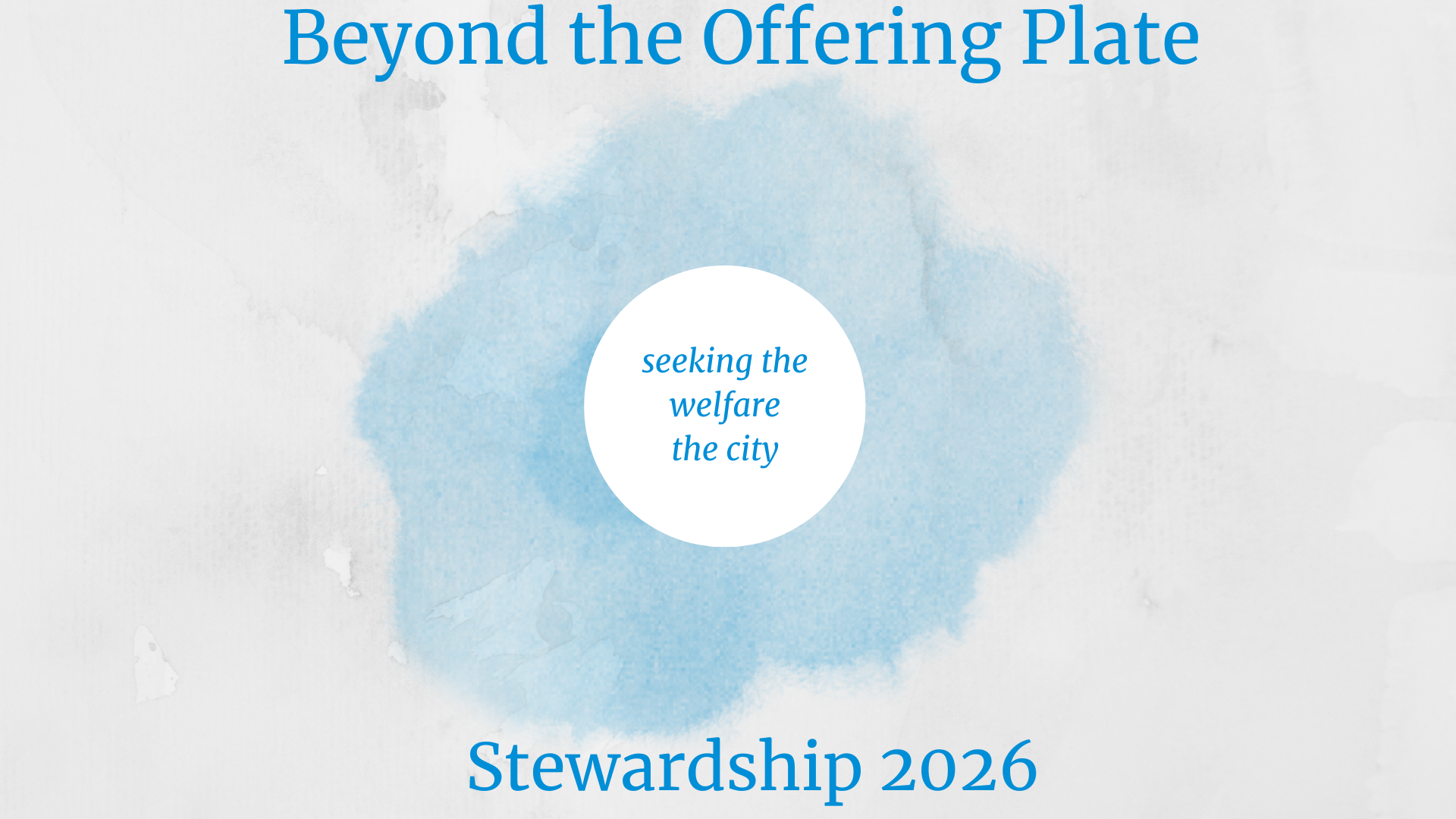Our Father (who art) in heaven

Have you noticed that every other week since Advent, we use a different version of the Lord’s Prayer?
The newer version has been the standard at Faith for a while. It was created by the English Language Liturgical Consultation (ELLC), a group of ecumenical liturgists that promote common texts that are used in worship across many denominations. This version of the prayer was officially adopted in 1988.
The newer version uses more modern language—without the thys and thines—and the new version doesn’t have the line “lead us not into temptation”—a theological statement that might attribute God as the one putting us in harm’s way. Even the Pope has come out as challenging this line.
I like the new version—and many of us have adapted and appreciate it. But I remember growing up learning the old version and I also appreciate the traditional feel it brings.
There’s something to be said for having a bi-lingual faith—to say the version that many of us grew up learning. The old version can’t be completely thrown out either because it’s what you’ll hear at a wedding, funeral, or many other churches.
We should know how to speak both—and it might mean peeking at the screen to remember which one we’re using—but that’s ok.
The old version is being used on communion Sundays—when we participate in that relational time of sharing the table with Jesus. The new version, which is odd to call anything that was officially adopted in the 80’s, we will use on non-communion Sundays.
One benefit will be that this will lead us to be more intentional—to think more about what we’re saying when we pray. Hopefully, we will quickly gain fluency to speak both as we remember to pray as Jesus taught us.







Login To Leave Comment